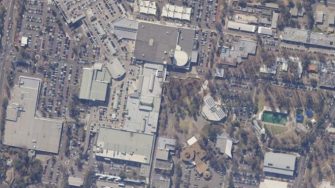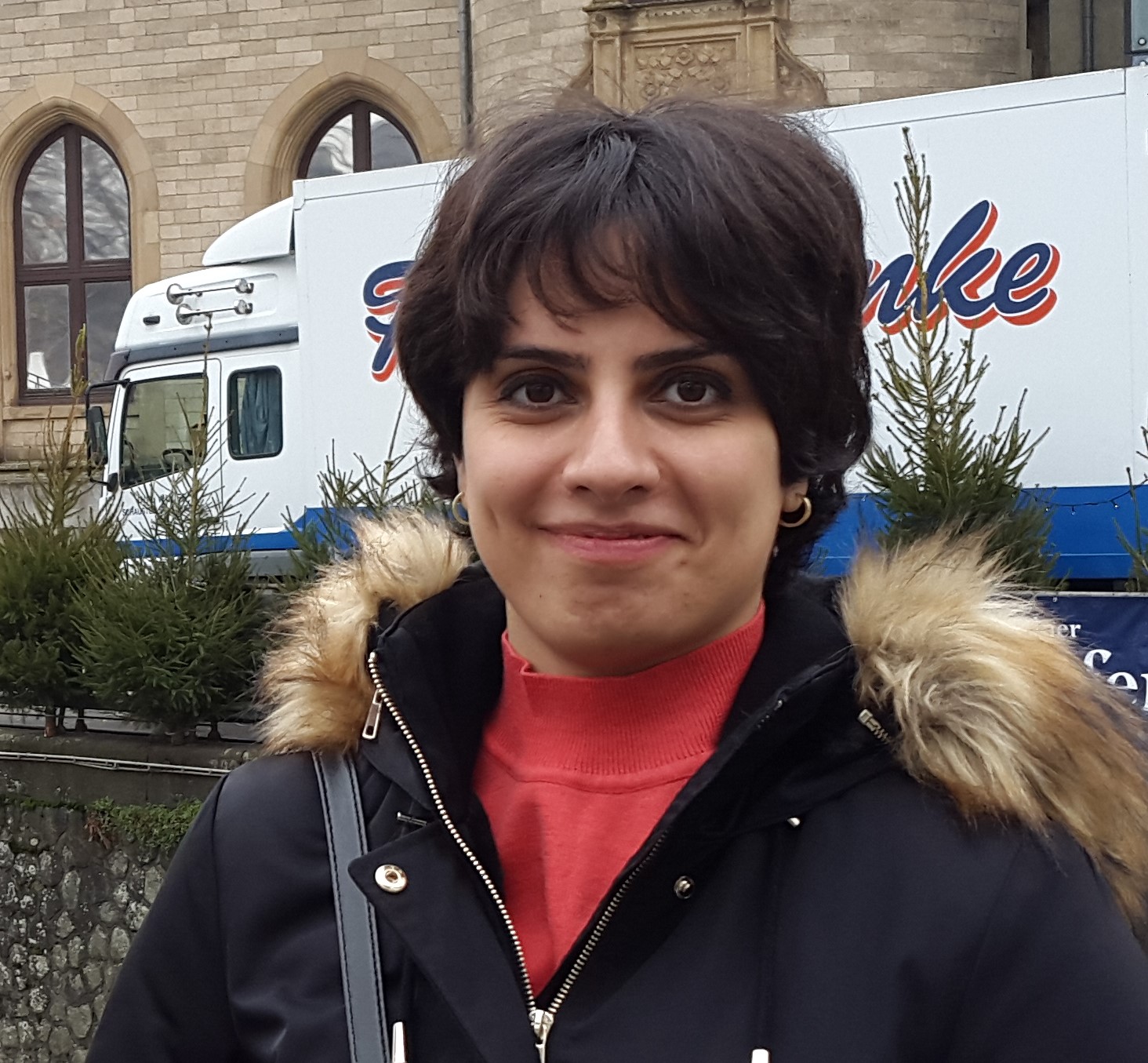
This project was undertaken in partnership with Blacktown City Council.
It was funded by Local Government NSW and through the Increasing Resilience to Climate Change grants scheme.
Background
Blacktown City Council chose Dawson Mall, Mt Druitt because it is a popular open-air shopping mall, and because it is being considered for future urban revitalisation.
The research team of the UNSW School of Built Environment installed a network of six temperature and humidity sensors along Dawson Mall. These sensors monitored the local conditions for more than a year. Detailed measurements were also taken with mobile weather stations and a drone equipped with a thermal camera.
By collecting data on a specific microclimate, the research team could shed light on the real-world conditions of Dawson Mall, where night-time temperatures can be 2.5°C hotter than at the closest Bureau of Meteorology station of Horsley Park.
Five design scenarios were assessed for their climate resilience with the help of microclimate simulation modelling: unirrigated greenery; irrigated greenery; cool materials; a combination of all three interventions; and a baseline case representing the current condition before heat mitigation, used as a term of comparison.
A “cool roof” – a roof with high solar reflectance and thermal emittance – can achieve significant energy savings, especially in poorly-insulated low-rise buildings with high cooling loads like offices.
Findings
The research found, unsurprisingly, that the biggest reduction in air temperature was achieved by combining the three interventions. Installing street trees, using cool materials and shading car parks could reduce ambient air temperature by 1.24°C. Cool materials alone could reduce temperatures by as much as 1.17°C. Trees along Dawson Mall also reduce the pavement temperature by more than 15 °C, improving comfort and people’s perceptions of heat.
The research found the cooling energy needs for buildings in Mt Druitt are up to 40 per cent higher than in the nearby Horsley Park. While this depends on several factors, like the insulation level of the buildings, the research confirms that the people of Mount Druitt suffer an energy penalty.
The project shows that simple interventions, like the choice and colour of materials, cost nothing and have clear benefits.
Local climate is interconnected to the rest of the climate system, and therefore heat mitigation must be part of interconnected solutions.
Air temperature difference base case – combined scenario (12 pm)
UNSW Project team
Media links
Reports
Thermographer, UAV pilot, and aerial images postprocessing
- Bill Apostolidis, National Drones.





